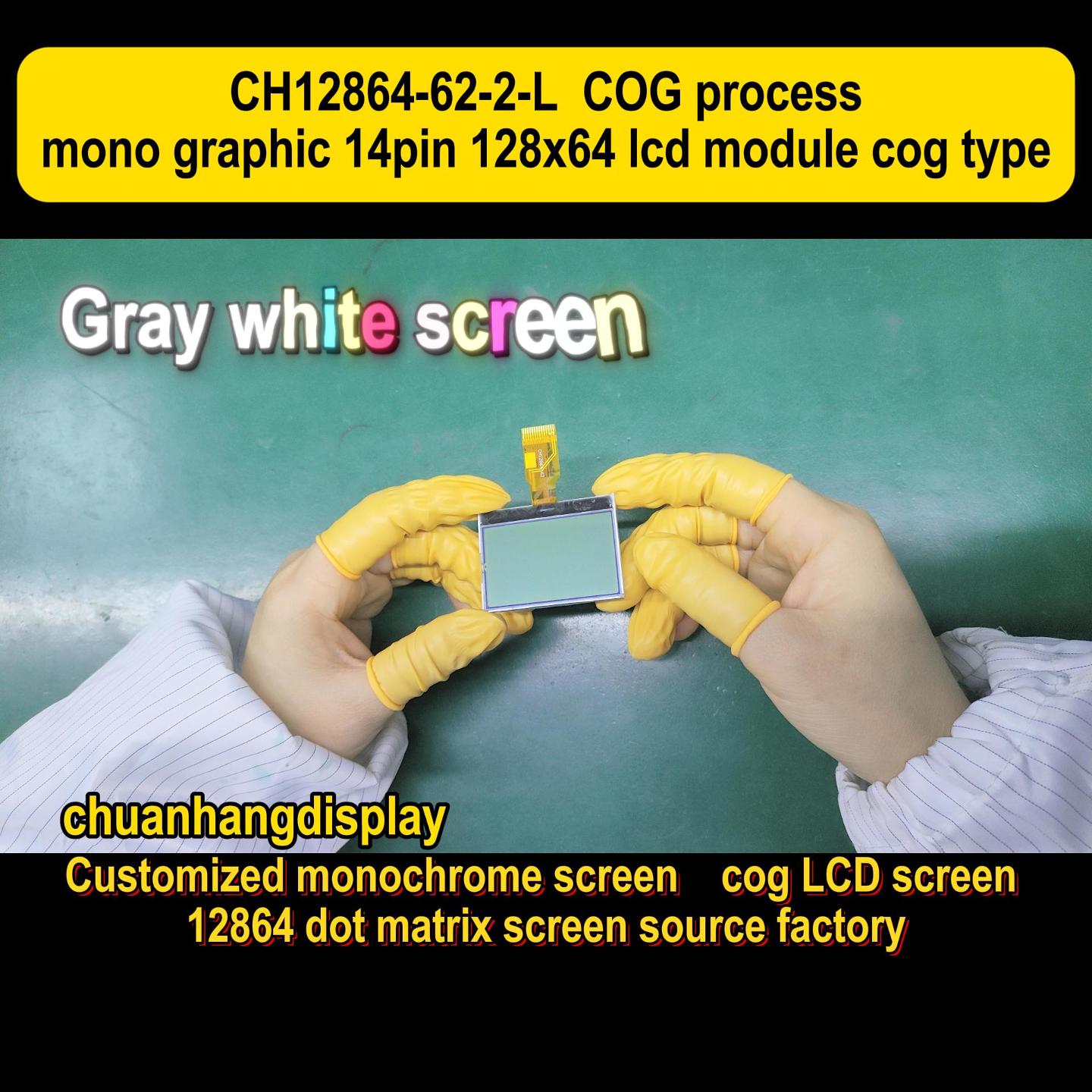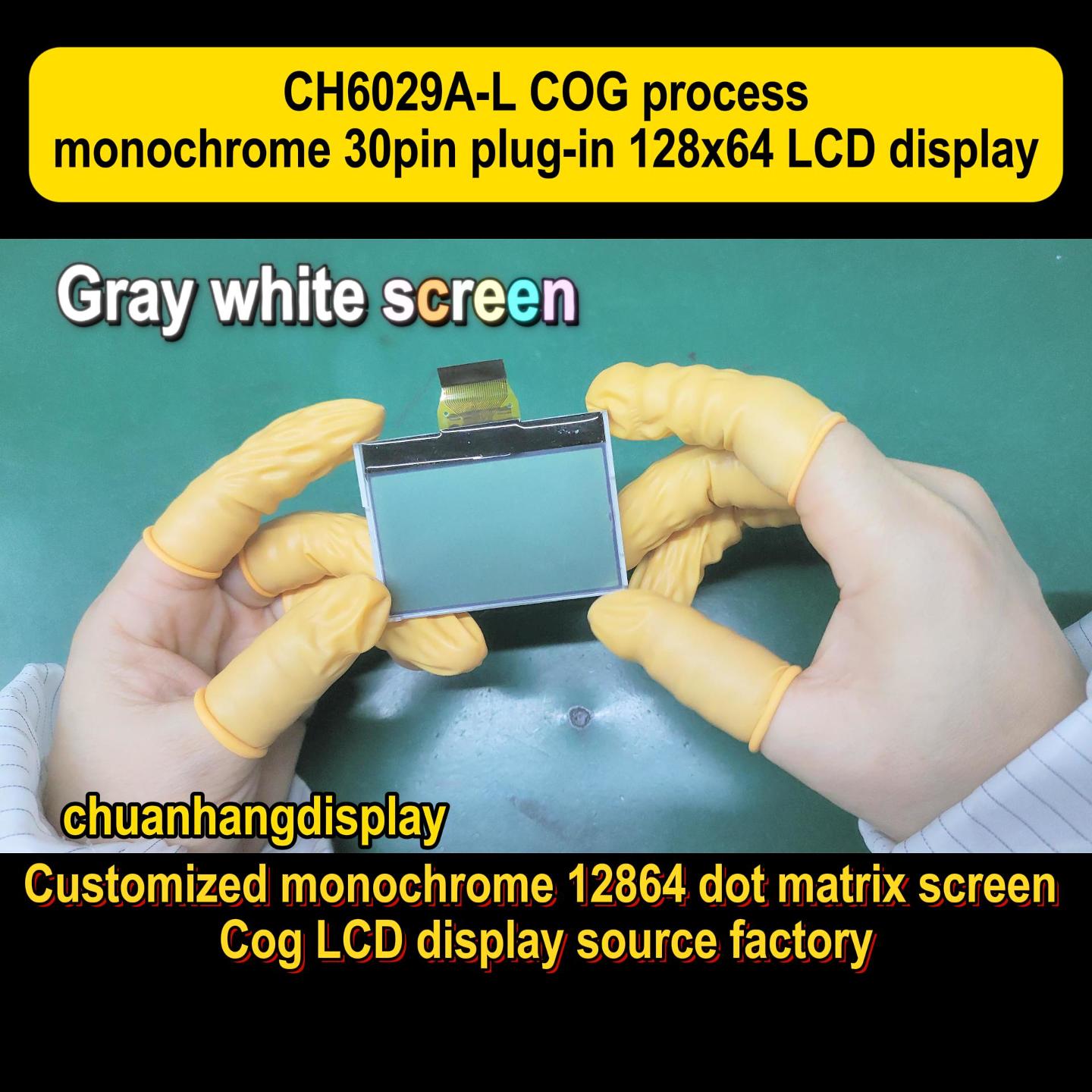In today's digital age, displays are everywhere—from household appliances to industrial machinery. Among the various types of displays available, the Character LCD Module stands out as a versatile and widely used option. Whether you're an engineer designing a new product, a hobbyist tinkering with electronics, or simply curious about how these components work, understanding Character LCD Modules can be incredibly beneficial. These modules are known for their simplicity, affordability, and ease of integration, making them a popular choice in numerous applications. In this article, we'll dive deep into what makes Character LCD Modules tick, explore their key aspects, and address common questions you might have. By the end, you'll have a solid grasp of why these modules remain relevant in an era dominated by high-resolution screens. Plus, we'll touch on how brands like Chuanhang Display are contributing to this field with reliable products.

A Character LCD Module is a type of display that uses liquid crystal technology to show alphanumeric characters, symbols, or simple graphics in a predefined grid format. Unlike graphical LCDs that can render images pixel by pixel, Character LCD Modules are designed to display text in a fixed set of characters, typically arranged in rows and columns (e.g., 16x2, meaning 16 characters per line and 2 lines). These modules consist of a liquid crystal layer, a backlight (often LED-based), and a controller that interfaces with microcontrollers or other devices. The simplicity of a Character LCD Module makes it ideal for applications where basic information display is needed, such as in calculators, microwaves, or industrial control panels. Over the years, advancements have made them more energy-efficient and durable, but their core functionality remains rooted in providing clear, readable text without the complexity of full graphics. For instance, brands like Chuanhang Display have refined these modules to offer enhanced visibility and longer lifespans, catering to both consumer and professional markets.
The operation of a Character LCD Module is based on the principles of liquid crystal technology. When an electric current is applied to the liquid crystals, they align to control the passage of light, creating visible characters. Each module includes a controller chip, such as the HD44780, which manages the display data and communicates with external devices via parallel or serial interfaces. Essentially, when you send a command or character data to the module, the controller translates it into the appropriate segments on the screen. The backlight, usually composed of LEDs, illuminates the display for better readability in low-light conditions. This combination of liquid crystal manipulation and backlighting ensures that a Character LCD Module can present information consistently and with low power consumption. Compared to other displays, like OLEDs, Character LCD Modules are less prone to burn-in and offer a cost-effective solution for text-based outputs. In products from companies like Chuanhang Display, you might find additional features like wide temperature ranges or custom character support, enhancing their versatility in various environments.
Character LCD Modules come in a variety of types and specifications to suit different needs. Common configurations include 16x2, 20x4, or 40x2, referring to the number of characters per line and the number of lines. These modules can also vary in terms of color—monochrome (usually blue or green on a black background) or color variants with filters. Another key specification is the interface type: parallel interfaces are traditional and widely supported, while serial interfaces reduce the number of connection pins, simplifying integration. Additionally, features like built-in character sets (e.g., ASCII or custom glyphs), viewing angles, and operating voltage (typically 3.3V or 5V) play a crucial role in selection. For example, a Character LCD Module from Chuanhang Display might offer a high-contrast ratio and extended durability for harsh industrial settings. Understanding these specifications helps in choosing the right module for your project, balancing factors like cost, power usage, and environmental resilience. As technology evolves, we're seeing more compact and efficient designs, but the fundamental appeal of a Character LCD Module lies in its straightforward, reliable performance.
The versatility of Character LCD Modules makes them suitable for a wide range of applications across industries. In consumer electronics, you'll find them in devices like digital clocks, thermostats, and home appliances, where they provide essential feedback without overwhelming users. The industrial sector relies on Character LCD Modules for control panels, instrumentation, and machinery interfaces due to their robustness and ease of reading in various lighting conditions. Medical equipment, such as blood pressure monitors or infusion pumps, often incorporates these modules for clear data display. Even in the automotive industry, Character LCD Modules are used in dashboards or diagnostic tools. The simplicity of integrating a Character LCD Module with microcontrollers, like Arduino or Raspberry Pi, has also made them a favorite in DIY projects and educational kits. Brands like Chuanhang Display have capitalized on this by offering modules tailored for specific applications, ensuring reliability and compliance with industry standards. Overall, the widespread use of Character LCD Modules highlights their adaptability and enduring relevance in both simple and complex systems.

Like any technology, Character LCD Modules have their strengths and weaknesses. One of the main advantages is their low cost and energy efficiency, making them accessible for budget-conscious projects. They are also easy to program and interface with, thanks to standardized controllers and libraries available in many development environments. The readability of a Character LCD Module in various environments—especially with backlight options—is another plus, as they perform well in both indoor and outdoor settings when properly specified. However, there are disadvantages to consider. Character LCD Modules are limited to text and basic symbols, so they can't display complex graphics or images. Their viewing angles might be narrower compared to modern displays, and they can suffer from slow response times in extreme temperatures. Additionally, the backlight may consume more power over time, though brands like Chuanhang Display are addressing this with LED innovations. Weighing these pros and cons is essential when deciding if a Character LCD Module is the right fit for your application, particularly in scenarios where high-resolution or touch capabilities are required.
Despite their reliability, users often encounter issues with Character LCD Modules. One common problem is a blank or flickering display, which could stem from power supply inconsistencies, incorrect wiring, or a faulty backlight. To troubleshoot, check the voltage levels and ensure all connections are secure. Another frequent issue involves garbled characters or missing text, often caused by communication errors between the microcontroller and the module—verifying the data timing and reset procedures can help resolve this. Over time, a Character LCD Module might develop dead pixels or reduced contrast, which could be due to aging components or environmental factors like humidity; in such cases, replacing the module or adjusting the contrast potentiometer might be necessary. Backlight failures are also common, especially in modules without durable LEDs; opting for products from reputable brands like Chuanhang Display can mitigate this, as they often use higher-quality materials. Lastly, compatibility problems with different controllers or software can arise, so referring to the datasheet and community forums for specific guidance is advisable. By understanding these common pitfalls, you can extend the lifespan of your Character LCD Module and ensure optimal performance.
In summary, the Character LCD Module remains a cornerstone of display technology, offering a blend of simplicity, affordability, and reliability that suits a multitude of applications. From understanding its basic workings to exploring its various types and real-world uses, we've covered the essential aspects that make this module a go-to choice for many. While it has limitations, such as the inability to display graphics, its advantages in terms of cost and ease of use often outweigh the drawbacks. Brands like Chuanhang Display continue to innovate, providing modules that meet evolving demands. Whether you're integrating a Character LCD Module into a new project or troubleshooting an existing one, this knowledge will help you make informed decisions. As technology advances, we may see further enhancements, but the fundamental role of the Character LCD Module in providing clear, text-based displays is likely to endure. If you have experiences or questions about these modules, feel free to share them—it's a fascinating field that bridges the gap between analog and digital worlds.